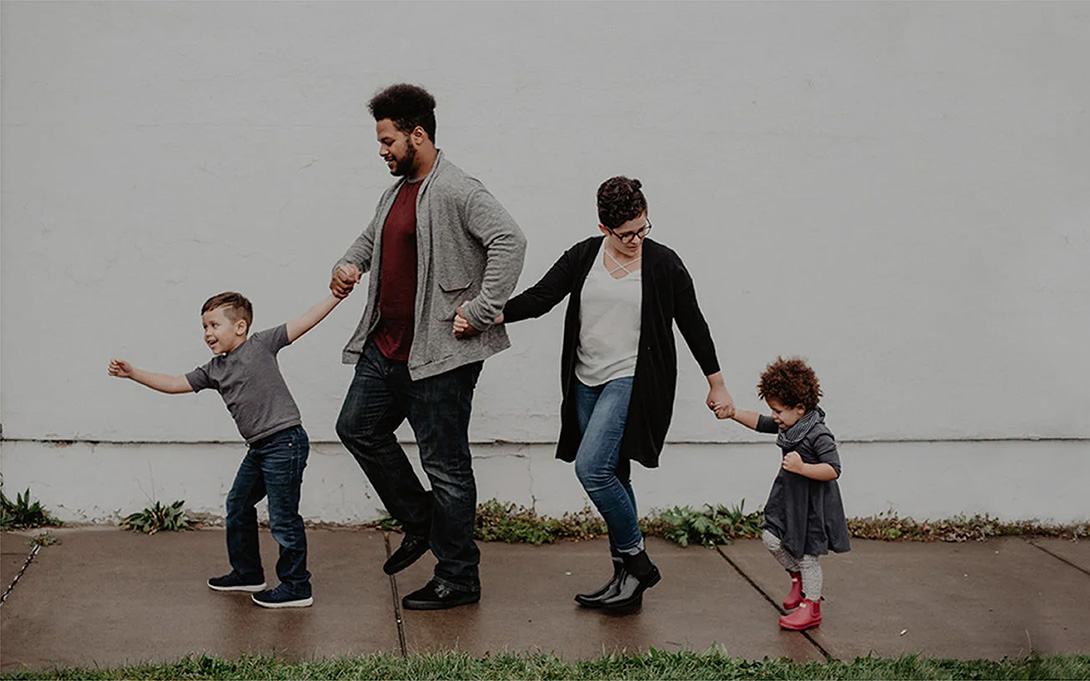
Foster Care and Children's Wellbeing
Recent federal legislation incentivizes states to reduce foster care placements by funding in-home prevention-focused services. However, there is little credible evidence on the effectiveness of either foster care placement or in-home prevention services. We provide new results of how foster placement influences children’s safety and educational outcomes using information from over 240,000 child welfare investigations in Michigan between 2008 and 2016.

Key findings
Our analysis follows public school students who enter foster care as well as those that do not and tracks children for up to nine years after their investigation. We focus specifically on situations in which child welfare workers may be uncertain about whether to remove a child. Our results indicate that, in these cases, children placed in foster care were less likely to be abused or neglected in the future and performed better in school than those who were not placed. We also find that foster children’s safety and educational outcomes improved only after they exited the foster system, when most were reunified with their birth parents. This suggests that improvements made by birth parents
drove their children’s gains.
While encouraging in some respects, these findings suggest that in-home prevention-focused efforts are falling short. Given the national push to reduce foster placements, we recommend that states explore ways to improve the targeting, delivery, and evaluation of in-home services to keep vulnerable children safe and thriving without foster care.
